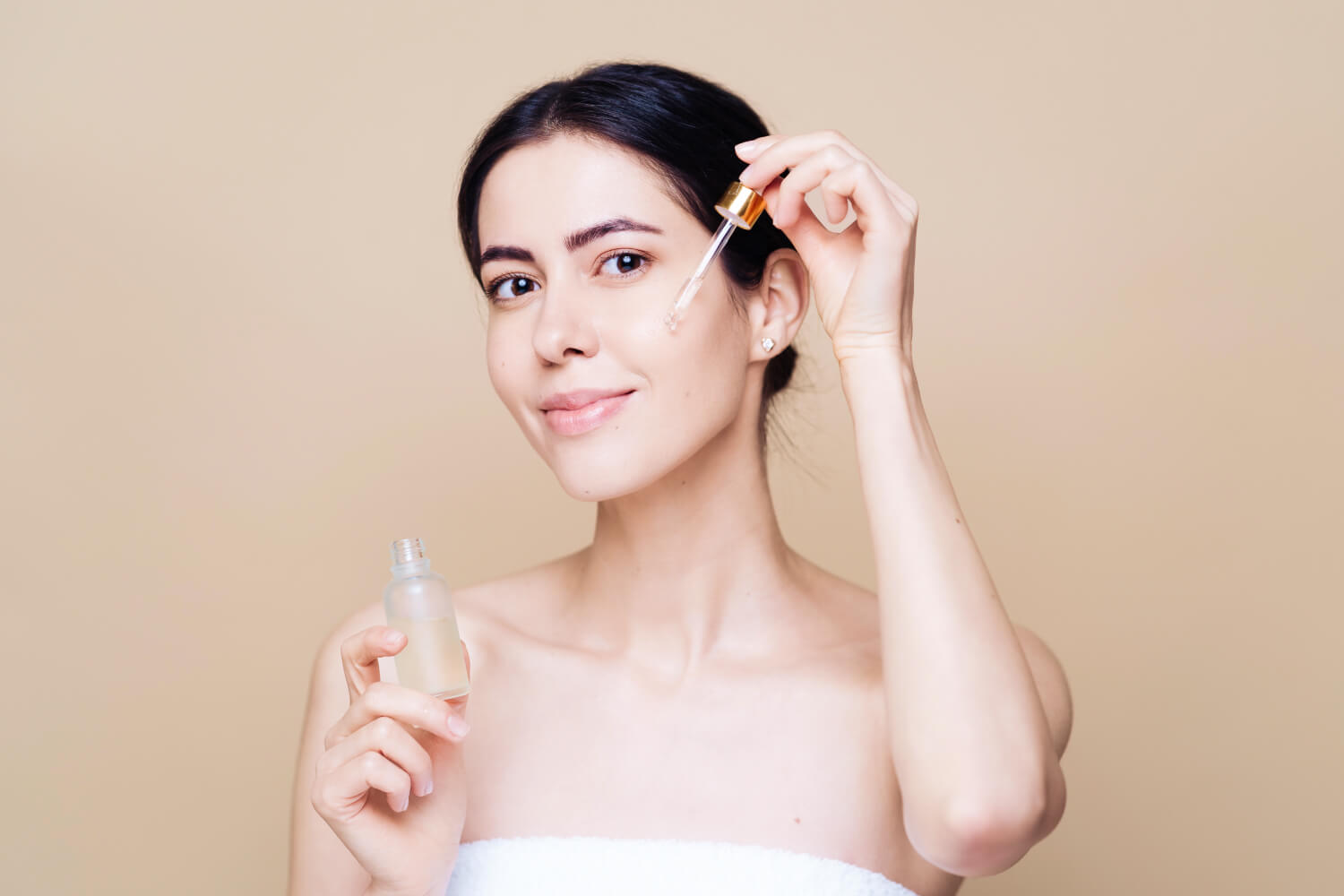
The skincare world is constantly innovating, launching ever more innovative formulations and making use of ingredients that aren’t always familiar. Enter growth factors, a relatively recent arrival in the world of skincare products. If you don’t know much about growth factors, but want to learn what makes these ingredients so promising, you’ve come to the right place.
Today, we’re going to learn about these innovative anti-aging skincare ingredients that are said to boost skin repair, minimize fine lines and wrinkles, and promote firmness and elasticity. What are growth factors, exactly, and how do they work? What kind of products can you find them in, and how should you integrate them into your skincare routine? Let’s find out!
On this post:
- What are growth factors?
- How growth factors benefit the skin
- Potential side effects of growth factors
- Who should use growth factors?
- How to use growth factors in your skincare routine
- What kind of products contain growth factors?
What are growth factors?
Growth factors are naturally occurring proteins that regulate various cellular processes, such as cell proliferation, function, and differentiation. Because of the important roles they play at the cellular level, growth factors have been studied extensively in wound healing, and the topical use of growth factors has been continually proven as “safe and effective” in the context of medical treatments.
In recent years, growth factors have made their way into skincare products–probably because, as studies suggest, “there is a large cross-over in the cellular processes required for anti-ageing and wound-healing products”. Indeed, studies suggest that growth factors, when used in skincare, may be able to promote skin healing and repair, increase the production of collagen and elastin, and help prevent hyperpigmentation.
Here are some growth factors you may be able to find in your skincare products:
- EGF, or Epidermal Growth Factor (SH-Oligopeptide-1)
- FGF1, or Acidic Fibroblast Growth Factor (SH-Polypeptide-11)
- FGF2, or Basic Fibroblast Growth Factor (SH-Polypeptide-1)
- IGF1, or Insulin-like Growth Factor 1 (SH-Oligopeptide-2)
- VEGF, or Vascular Endothelial Growth Factor (SH-Polypeptide-9)
How growth factors benefit the skin
Although the long-term benefits of growth factors are not yet fully understood, studies suggest that, when used in skincare, growth factors can provide multiple benefits:
They promote skin healing
As we’ve mentioned, growth factors have been widely studied in the context of wound healing and skin repair. According to a systematic review of the benefits of growth factors, these proteins may be able to accelerate wound closure, minimize scars, and improve the appearance of atrophic acne scars (you know the ones, those indented scars that seem to “sink” into the skin).
They promote collagen and elastin production
Growth factors are capable of promoting collagen and elastin production, and they may also increase the production of hyaluronic acid. This makes them hugely promising for anti-aging, because, as you know, the levels of elastin, collagen, and hyaluronic acid tend to decrease as we age. As a result, the skin becomes thinner and drier, and signs of aging grow more visible: think fine lines, wrinkles, loss of firmness, and loss of elasticity.
By increasing the production of these essential components, growth factors can help reduce the appearance of fine lines and wrinkles, improve skin texture, and promote skin firmness and elasticity.
They may be able to prevent post-inflammatory hyperpigmentation
Although there are relatively few studies on the subject, growth factors may be helpful in reducing hyperpigmentation. According to a science review, EGF (i.e. Epidermal Growth Factor) may be able to inhibit or regulate melanin synthesis. In practical terms, it’s been shown to be able to prevent post-inflammatory hyperpigmentation after laser treatments.
Potential side effects of growth factors
Like every skincare ingredient, growth factors can cause some side effects, such as mild discomfort or irritation. If you’re using growth factors for the first time, it’s always a good idea to do a patch test first, to see how your skin reacts. This is especially important if you have sensitive or reactive skin.
Growth factors and sun exposure
Currently, there is no indication that skin care with growth factors negatively interacts with sun exposure. Based on this, you will find that many skincare products that contain growth factors are formulated for twice-daily use, in the morning and evening.
The usual recommendations apply: if you use these products during the day, make sure to wear sunscreen! As we’ve seen, growth factors can be powerful allies in the fight against visible signs of aging, but it’s still important to complement their action with sun protection.
Growth factors and pregnancy
The use of skincare products that contain growth factors is not, according to current knowledge, contraindicated during pregnancy. Even so, if you are interested in using skin products with growth factors, it’s important to confirm with your doctor whether these products are right for you.
Who should use growth factors?
As we have already seen, growth factors can bring several benefits to the skin: they can promote skin healing and repair, increase the production of collagen and elastin, and help prevent hyperpigmentation. Looking at these benefits all together, it becomes clear that the people who will benefit most from using growth factors are those looking to minimize signs of aging. If your skin is very sensitive and can’t tolerate retinol, for example, growth factors can be a good anti-aging alternative.
Scientists have said it best: “topical application of human growth factors in multiple clinical studies has been shown to reduce the signs and symptoms of skin aging, including statically significant reduction in fine lines and wrinkles and increase in dermal collagen synthesis.”
Apart from their anti-aging benefits, growth factors can also be useful in reducing scarring, both in acne and wound healing contexts. In the latter case, you can look for growth factors in scar prevention and scar care creams.
How to use growth factors in your skincare routine
If you’ve read everything this far, you’ve probably realized that the best way to harness the benefits of growth factors is in an anti-aging routine. In this context, you can use growth factors instead of more classic anti-aging ingredients (for example, instead of retinol, if your skin doesn’t tolerate it), or in combination with them.
We’ve mentioned that growth factors in skincare are not, as far as we currently know, photosensitizing, so you can use them in the morning and evening. When in doubt, check the instructions for the specific product you want to use.
What kind of products contain growth factors?
To tell you about products that contain growth factors, let’s focus on anti-aging products. In this context, you can find growth factors in serums, eye creams, and moisturizers. We’ll show you some of our favorite options:
Growth factor serums
If you’d like to boost your skincare routine with a powerful dose of growth factors, a serum is a good place to start. We like the Sesderma Factor G Renew Rejuvenating Serum, an anti-aging serum that features seven plant-origin growth factors obtained through biotechnology. As it stimulates the production of collagen and elastin, this serum provides a powerful firming action.
We also like the Sensilis Skin Rescue [Serum S.O.S.] Soothing Restorative Serum, which isn’t, strictly speaking, an anti-aging serum (but can work well as a complement to an anti-aging routine). Designed to soothe sensitized skin with a compromised skin barrier, this serum uses five growth factors to help repair and regenerate the skin.
Growth factor eye creams
If you’d like to focus your anti-aging efforts in the eye area, you can also opt for an eye cream with growth factors. We’ve brough you two. First up is the StriVectin Peptight 360˚ Tightening Eye Serum, a firming and tightening product designed to invigorate the eye area. In order to smooth crow’s feet and restore firmness to the eyelid, this eye serum harnesses the power of three unique peptides along with one growth factor, IGF1.
If you’d like to target signs of aging in the eye area with a luxurious texture, try the Filorga Time-Filler Eyes 5XP Correction Eye Cream. This eye-and-lip cream features orchid stem cells, an ingredient that stimulates collagen and elastin production.
Growth factor moisturizers
Let’s say you’d rather use growth factors in your moisturizer–could you do that? 100%. For growth-factor-powered moisturizers, we bring you two options. The Benton Snail Bee High Content Steam Cream is a moisturizer that uses the properties of snail secretion filtrate to moisturize the skin and refine the appearance of the complexion. Hidden away in the formula is EGF, or epidermal growth factor, which is certain to contribute to the anti-aging properties of this popular cream.
We also love the Sensilis Origin Pro EGF-5 [Cream] Global Rejuvenating & Regenerating Treatment, an anti-aging cream that tackles all the mains signs of aging through the combined action of five growth factors. By promoting skin regeneration and boosting the production of collagen and elastin, this cream is able to reduce the appearance of wrinkles while, at the same time, promoting greater skin firmness and elasticity.
Now that you know a little more about growth factors, you can decide whether it makes sense to integrate these innovative anti-aging ingredients into your skincare routine. Will the benefits of growth factors suit your needs, or will you stick with classic ingredients like retinol? Wherever you prefer, there are endless options to choose from. Browse our full selection of anti-aging skincare in the shop, and see what catches your eye!
Beauty Writer & Editor


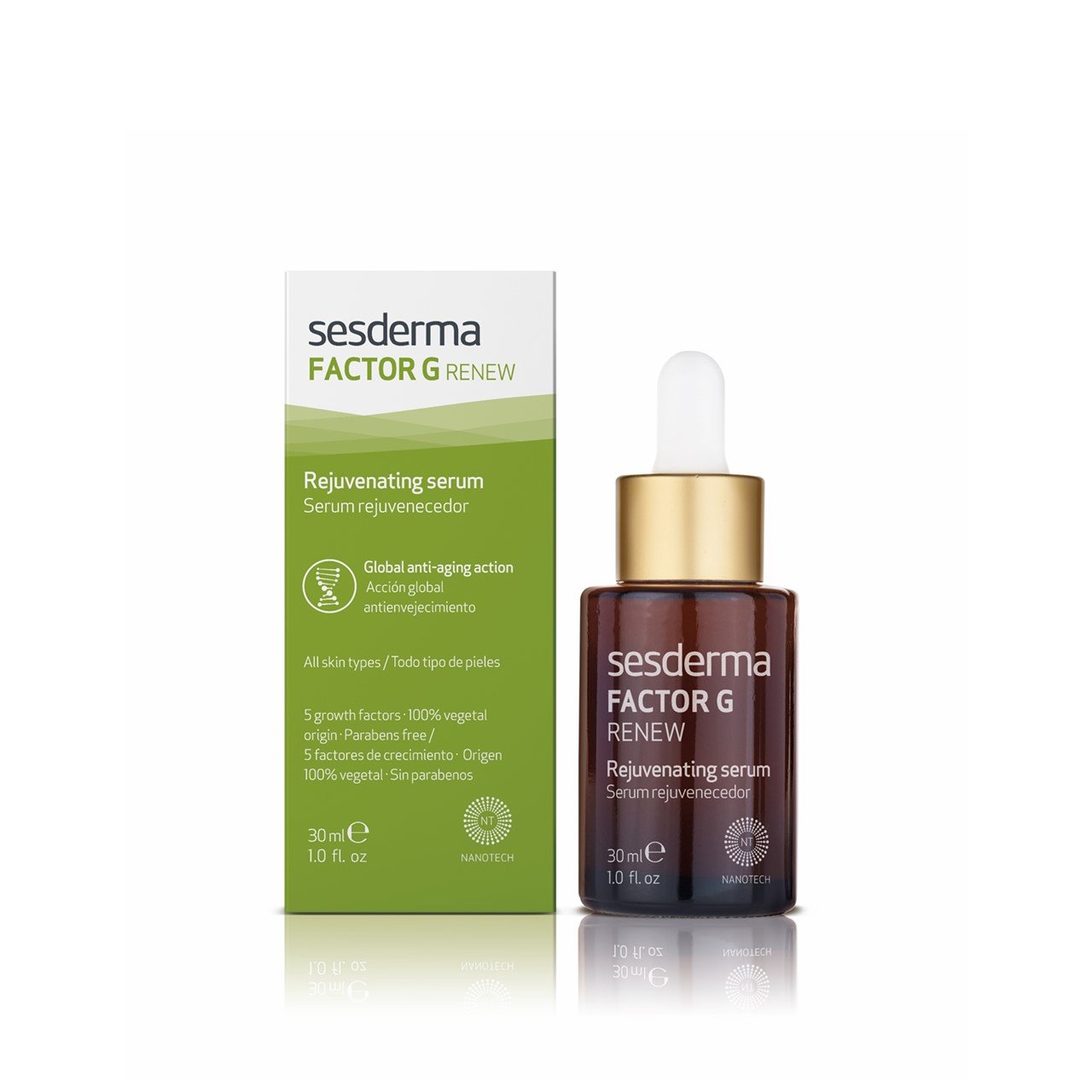
![Sensilis Skin Rescue [Serum S.O.S.] Soothing Restorative Serum 30ml](https://static.beautytocare.com/media/catalog/product/s/e/sensilis-skin-rescue-serum-s-o-s-soothing-restorative-serum-30ml.jpg)
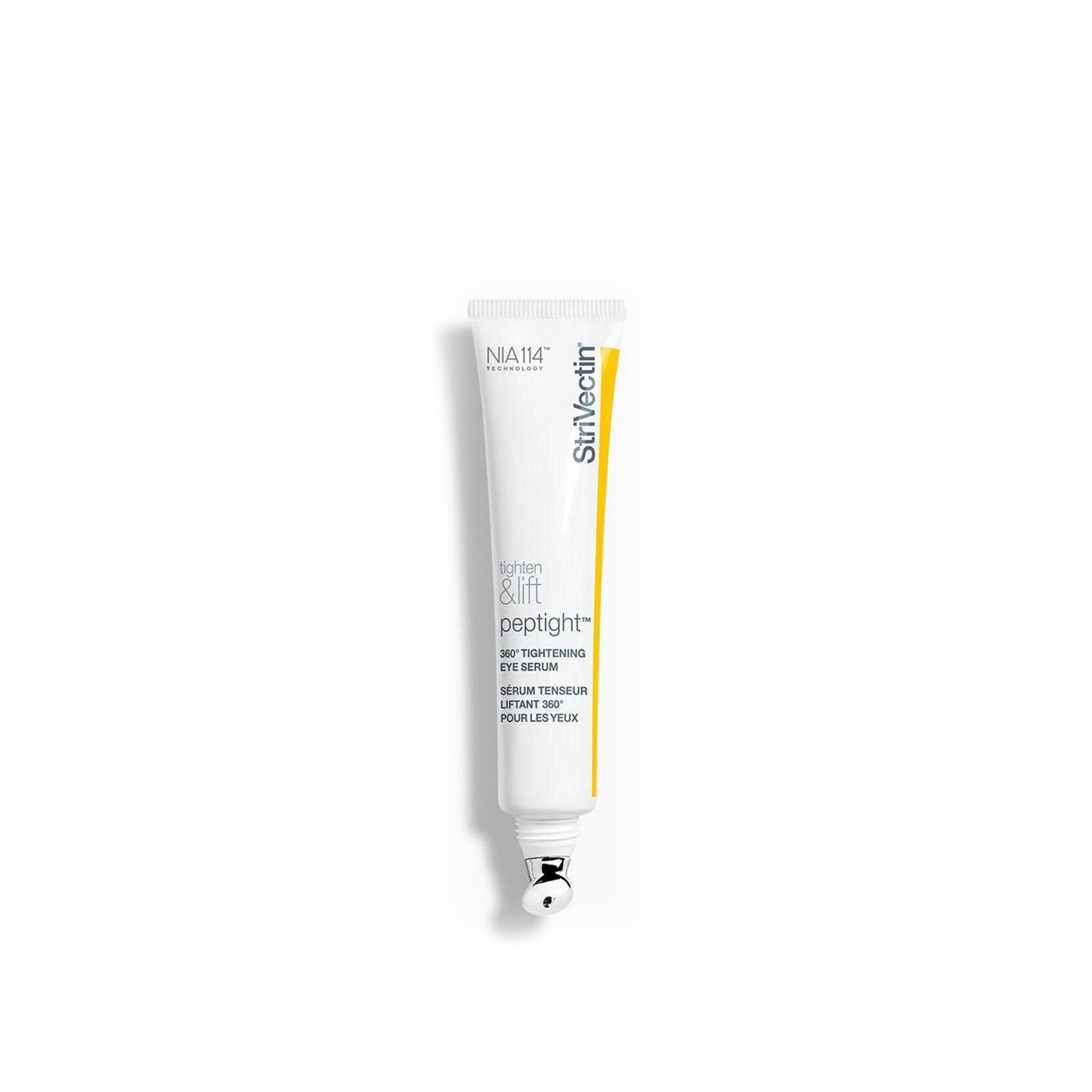
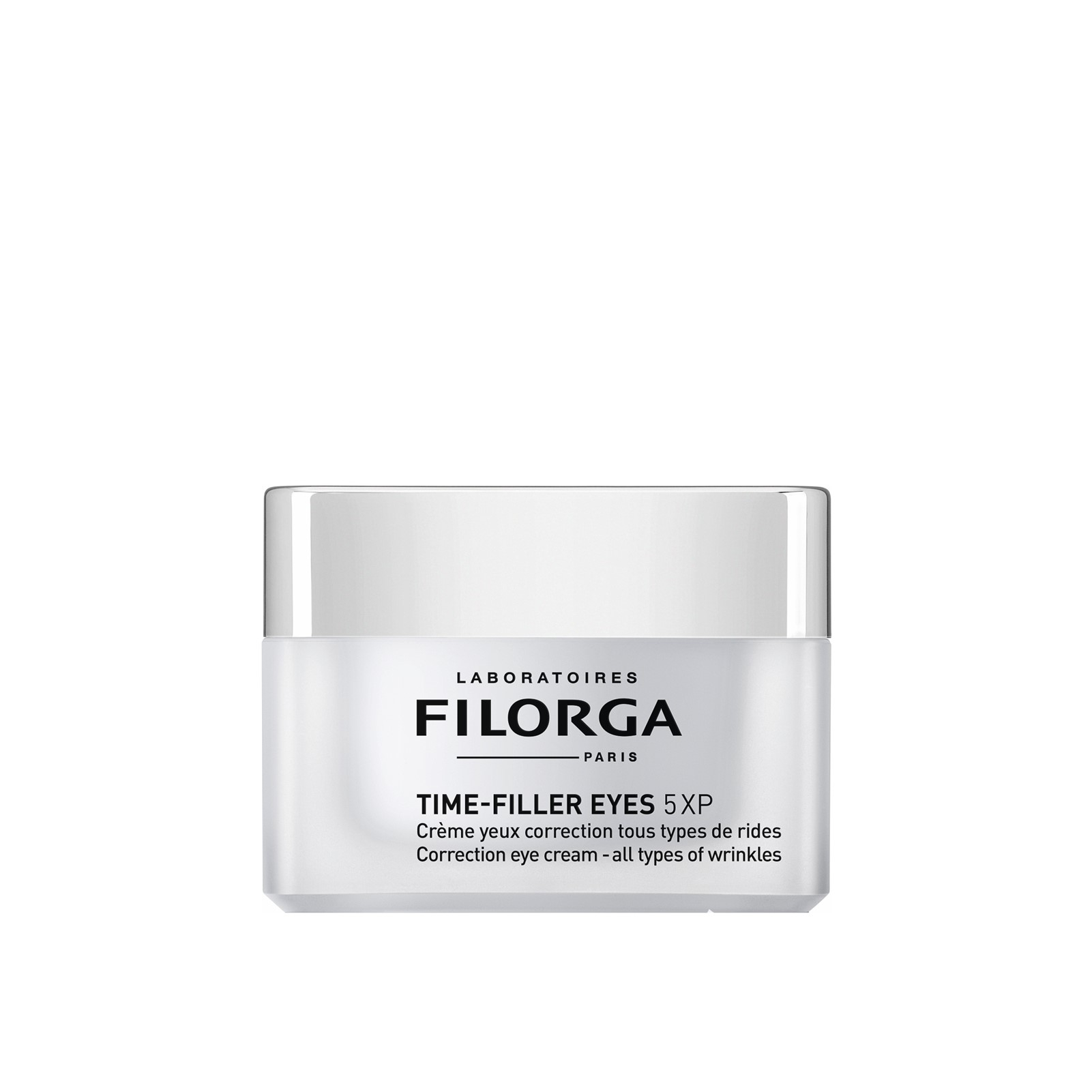
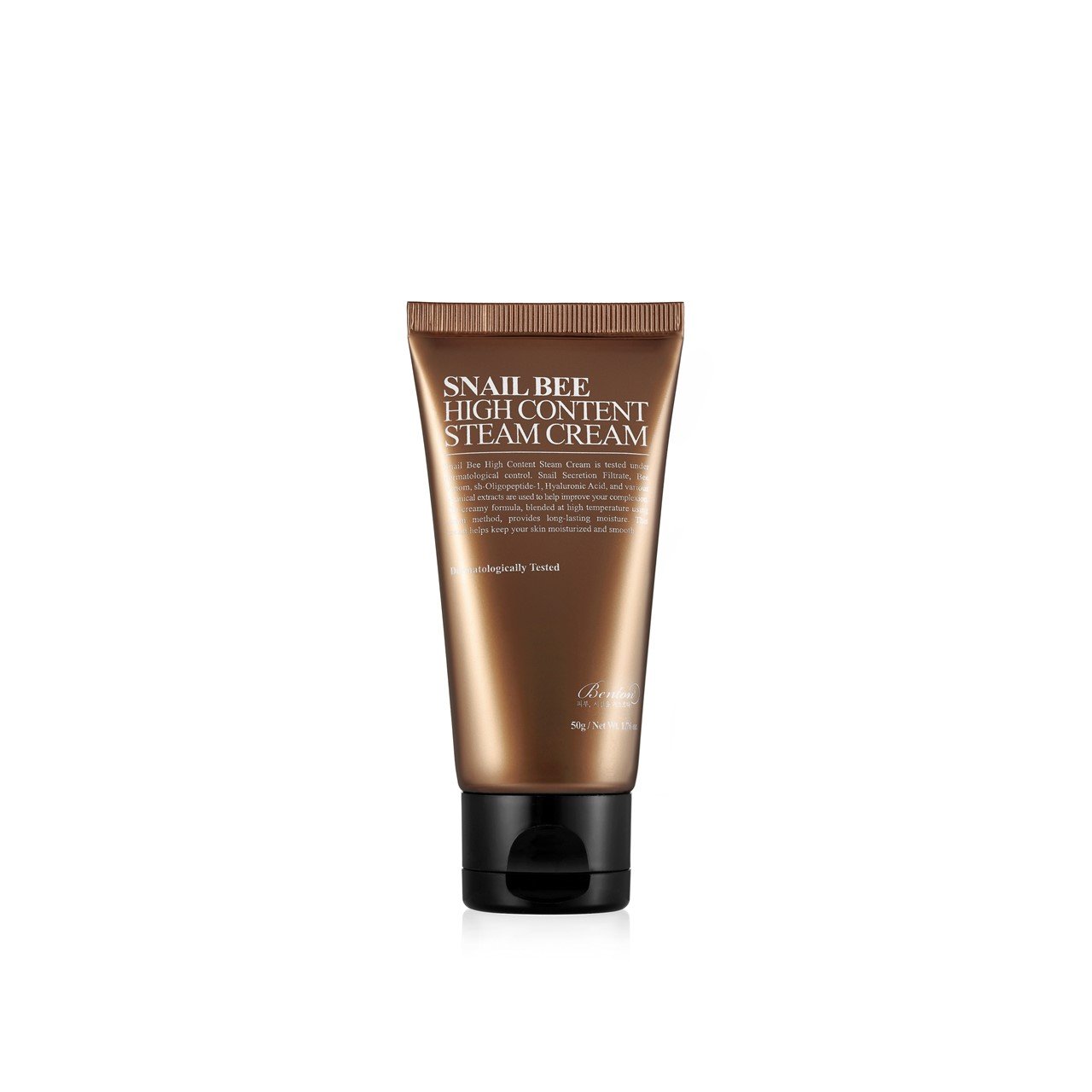
![Sensilis Origin Pro EGF-5 [Cream] Global Rejuvenating & Regenerating Treatment 50ml](https://static.beautytocare.com/media/catalog/product/s/e/sensilis-origin-pro-egf-5-cream-global-rejuvenating-regenerating-treatment-50ml_1.jpg)
